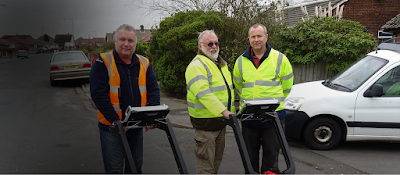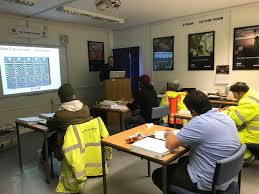It is a fact that wherever you may be in the UK – even standing in the middle of a field – there may well be underground services just under your feet. Electricity cables run pretty much everywhere, as do water pipes, sewer pipes, and telecoms, and perhaps to lesser extent gas pipes and other services.
In your local high street or council estate, it is obvious that most of them will be there, but even out in the countryside, it may be that one of the utilities decided upon a certain direction for its’ services which may not be apparent to us.
If you are a contractor who needs to excavate, you can obviously ask all the local utility providers for plans. Unfortunately, these are not always accurate, and in some cases non-existent. If they were perfect, there wouldn’t be some 60,000 cable strikes a year in the UK – and, yes, you read that figure correctly.
Of those utility strikes, many cause serious injury and around a dozen every year are fatal. This is why it is essential to undertake a thorough survey before even putting a spade into the ground, let alone a JCB.
Fortunately, we have a choice of many tools to help us locate, detect, and identify underground services, but unfortunately, it is not just a case of taking them out of the box and reading the instructions. If only it were that easy!
Read for full blog Click here

